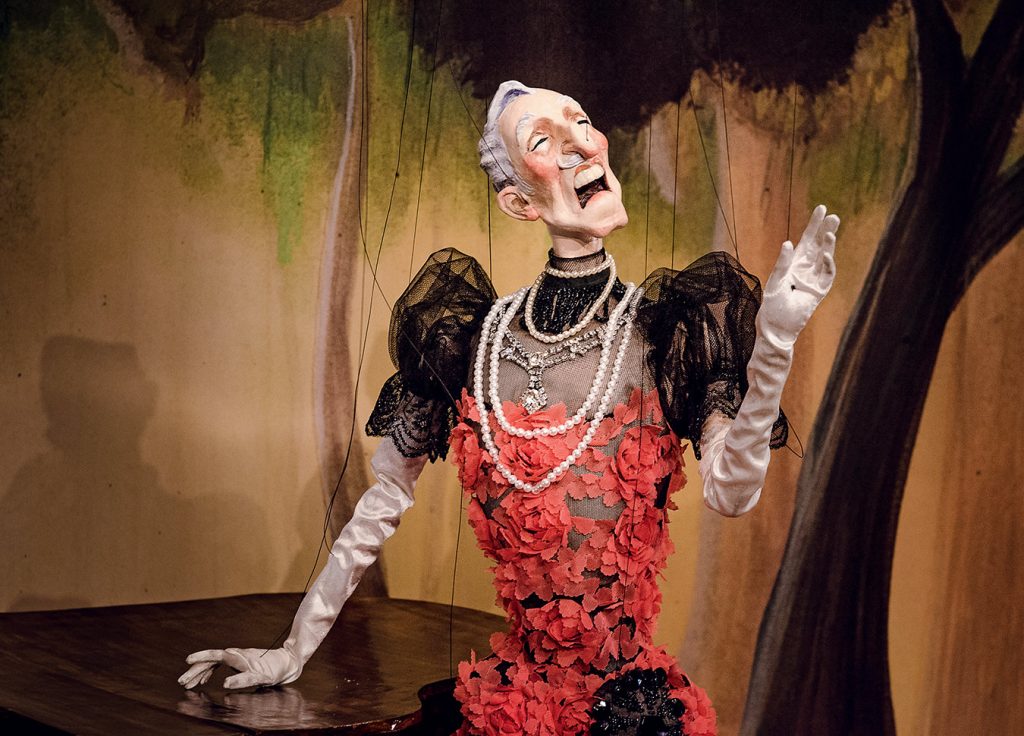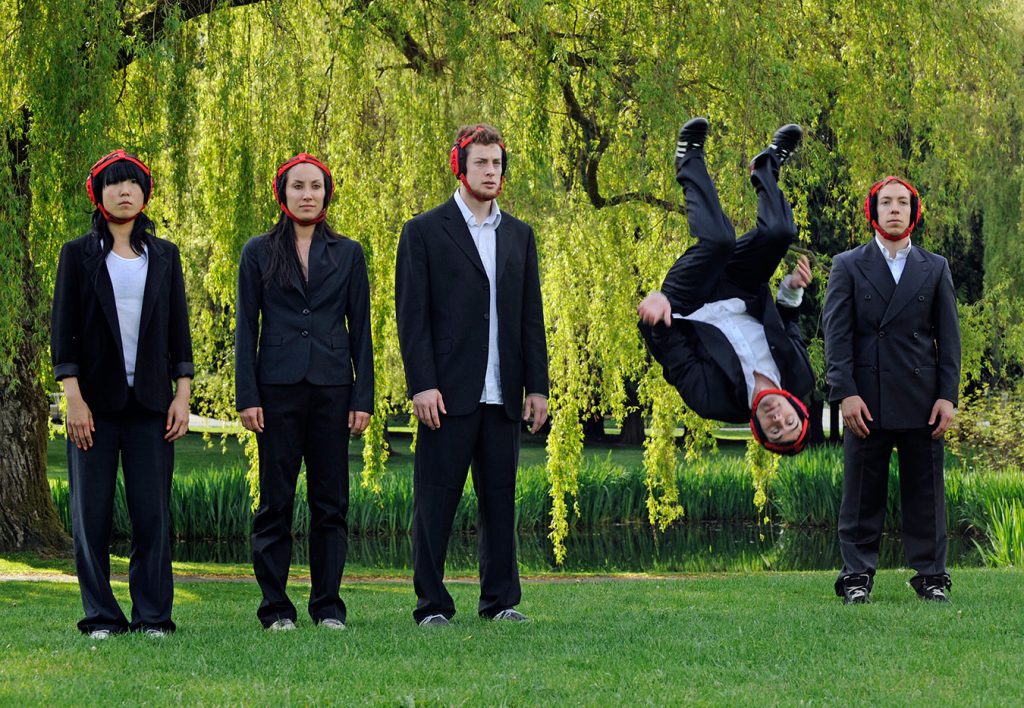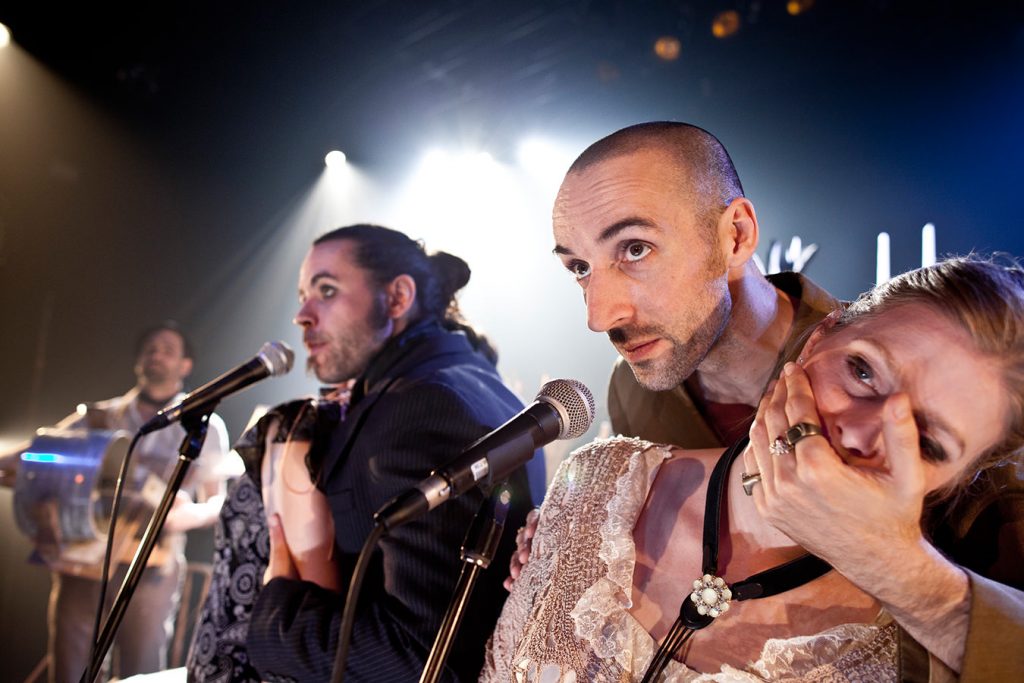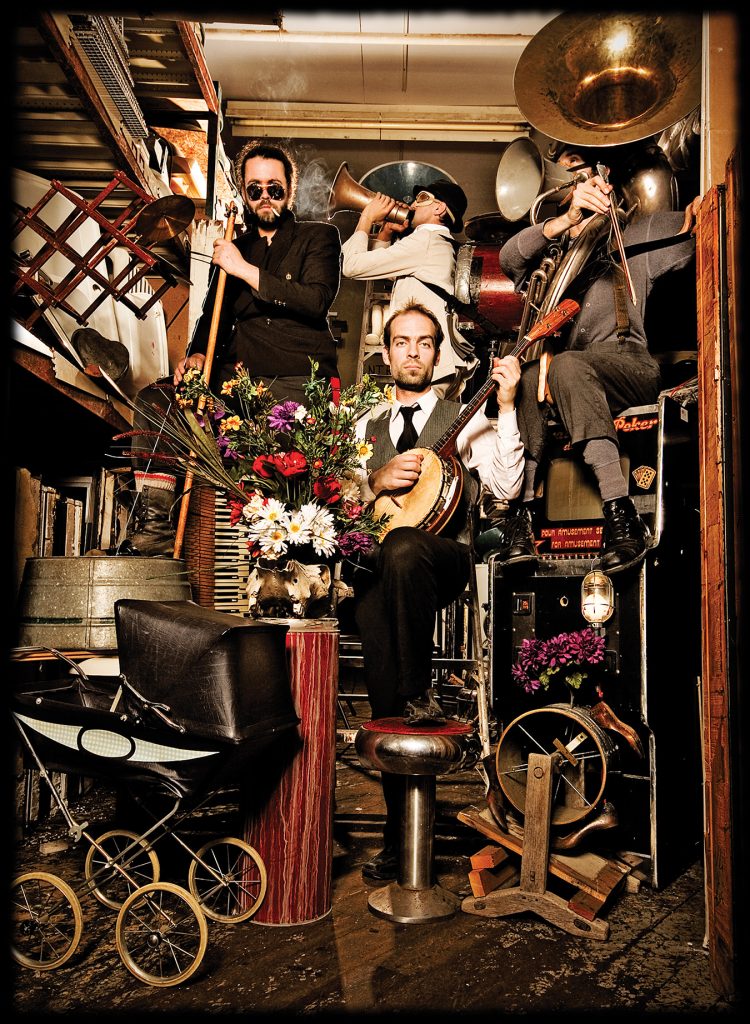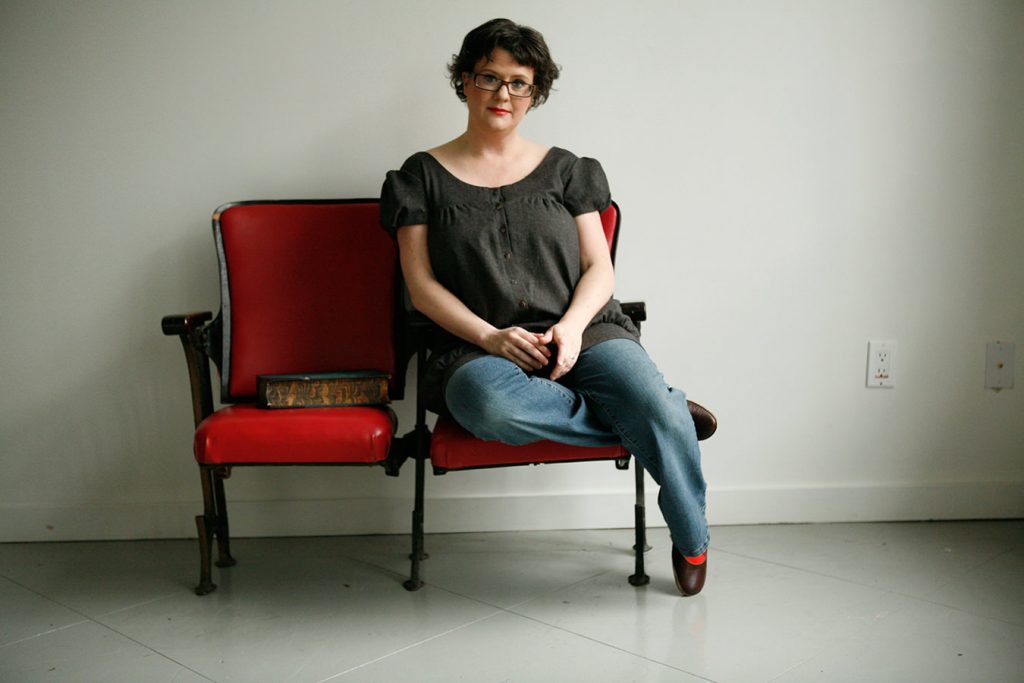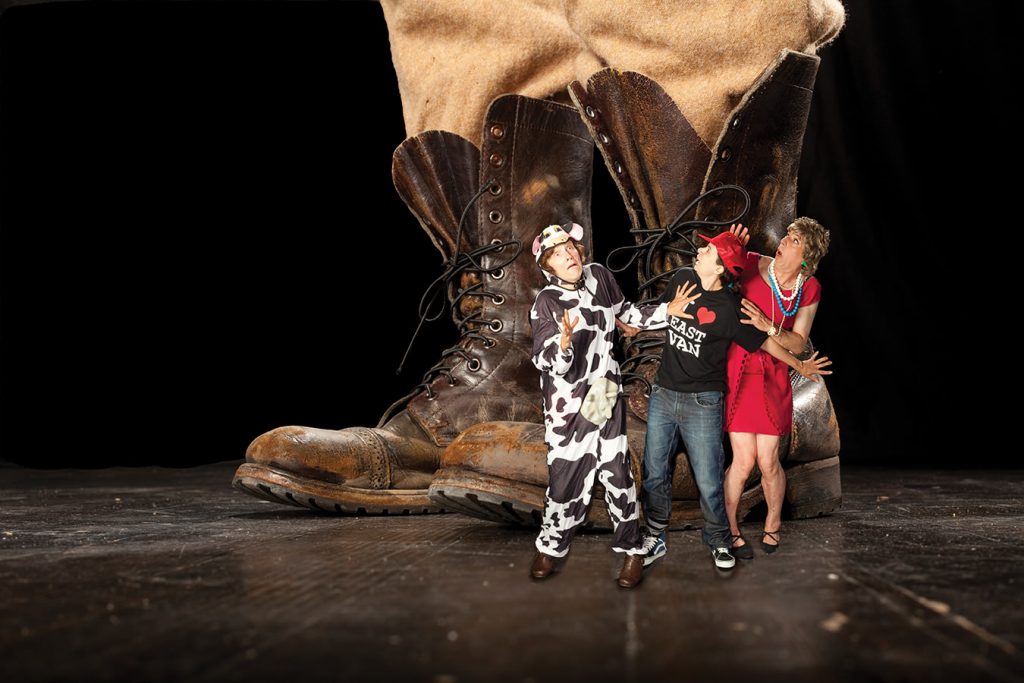1895 Venables street has had several incarnations, but each time, functioned in service to the neighbourhood as a gathering place. The address has been six decades as Grandview Methodist Church, five years as a community space that was also shared by Vancouver Free University and storefront lawyers, and now 40 full years as the Cultch, an affectionate moniker given to the Vancouver East Cultural Centre by patrons. It’s a nickname that’s stuck.
Heather Redfern is the executive director of the Cultch. She’s been in her chair seven years now, and is continuing to push the company forward into new and exciting territories. “I think at the Cultch, we’re a little ahead of our time,” she says. “The Cultch is an initiator. So we’re always going to be the first in, or one of the first in.” Redfern is in charge of the programming at the Cultch, and it’s a delicate balancing act with plenty of tough decisions. An eclectic mix is served up every season, invariably with a few surprises. “I always want to make sure we’re reaching as diverse an audience as we possibly can,” she says. “Not everybody is going to like everything. When I’m seeing shows, I think a lot about who in my community would want to see this.” Another facet of Redfern’s mandate is to ensure that the stage is shared in a productive way. “I see part of my job is actually building an audience for some of these artists in Vancouver. The only way you do that is to have them back multiple times. But you also want to have new, emerging companies, and support them as well.”
The Cultch is quite the institution now, an established and active member of the community. Since Redfern has taken the reins, she’s doubled the programming at the Cultch, from nine in 2004 to 18 this 2012/2013 season. It has prevailed in an uncertain environment that has been challenging for arts organizations big and small. Redfern is a risk-taker, and she isn’t afraid to make mistakes. “I’ve had failures, terrible failures,” Redford admits. “I tried to do a family series once. Artistically, it was very successful, but nobody came.” Another production, the Micro-Theatre Series, was comprised of three, very short, interactive performances. All three were thoughtful, surprising, touching. “I had a really hard time getting people out for those, though,” says Redfern. “It was really unfortunate because Edinburgh is filled with them. Now, that kind of theatre is much more common, here.”
“One of the issues that we have sometimes is that we don’t have language to talk about these shows. People want to know what to expect—it’s just human nature.”
But for all the challenges Redfern faces when trying to fill theatre seats, she doesn’t feel a didactic responsibility. “I don’t see that our role is to educate audiences. I don’t like that term,” she says. “I think our job is to make sure that the work is here, that we get it here. And then, that we bring people to it in a way that makes them excited to be there. It’s not about education so much as it is about finding the right way of communicating to people that they’re not going to want to miss this experience.”
Finding a way to get the message across, however, is a mind-boggling and often frustrating task. “One of the issues that we have sometimes is that we don’t have language to talk about these shows,” Redfern says. “People want to know what to expect—it’s just human nature.” Citing a show in March 2012, L’Orchestre D’Hommes-Orchestres Performs Tom Waits, she says, “How do you explain to someone what that is?” Less of a concert and more of a carnival or musical circus, the Quebec City–based ensemble reinterprets Tom Waits’s growling, wheezy, jangling tunes using nearly 100 invented musical contraptions out of everyday objects. In short, a rollicking good time. “But I think we did manage to get the word out,” Redfern says. In fact, the Cultch added a fourth performance to a sold out show of three. L’Orchestre D’Hommes-Orchestres will be returning this April to perform the dramatic repertoire of Kurt Weill in Cabaret Brise-Jour at the newly opened York Theatre.
To begin uncovering the very colourful lineage of the York Theatre, we must go back in time to 1913, when it opened as the Alcazar. Unfortunately, it was closed two years later and reopened by new management, who dubbed it the Palace. The building’s third incarnation—first as the Little Theatre, then as the York—run by Vancouver Little Theatre, experienced a much longer life, and produced a high level of semi-professional theatre for 54 years. In the late 80s, it was born again as the New York, a punk venue that played host to DOA and Nirvana. But, for the neighbours it got to be a bit too much, and when the time to renew the business license arrived, the city refused. The rockers moved out, Bollywood moved in. Amidst it all, in 1981, Tom Durrie, a music lover, artist, and neighbour of the theatre, founded Save the York Theatre during one of the building’s many transitional periods. “Durrie is the beginning of my story—the Cultch’s story—around the York.” In 2008, the Raja Cinema, as it was known at the time, was listed by the owners and purchased by a developer who then applied for a demolition permit.
“The York Theatre was, and still continues to be, an exception to every rule. We managed to save it, and I’m really proud of that.”
“At that point, Tom called me and he was beside himself. This had been his struggle for all these years,” Redfern says. She then called former councillor Jim Green, who connected her with Bruno Wall of Wall Financial Corporation, and the three of them requested a stay of demolition on the grounds that the theatre was a historic building. It was an arduous struggle, but they emerged victorious and the developer finally agreed to sell. “It was, and still continues to be, an exception to every rule. We managed to save it, and I’m really proud of that.”
But the work was not yet over. The team brought on Henriquez Architects and Redfern began working closely with them on the restorations, which had to preserve the integrity of the historic building and meet LEED Gold standards. The lobby is brand new and the front box office was restored to the ‘40s, but most of the theatre itself remains intact. The Cultch will mount a few productions a year in the York Theatre, however, it will operate primarily as a roadhouse for rentals, as well as a community events and programing venue.
Redfern looks into the future, and what she sees, what she envisions, isn’t a stretch of the imagination. In fact, what she wants is echoed in the hearts of others in the community. “You need a critical mass of facilities to really make an area a district. Many artists live and work here already. I think the York is the next piece in the actualization of this neighbourhood as a cultural district,” she says. She points to the Russian Hall, Chapel Arts, and the Rickshaw Theatre as important fixtures in the arts and cultural landscape. “We could put on a festival! We have all the venues here. I want to see some more restaurants; I want a boutique hotel. I want this to be a place where people come and have fun and eat and talk and argue. And interact with each other. That’s what I’m interested in. The York is in the right neighbourhood. It’s just full of potential, and that’s really exciting for me.”

